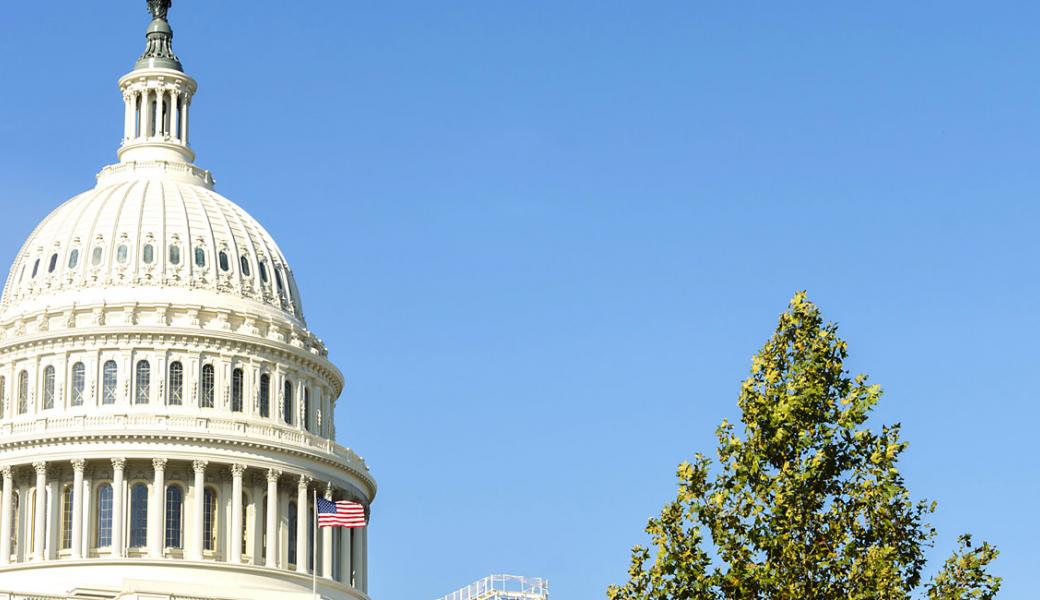What’s Next For The Paycheck Protection Plan

Under the recently enacted Coronavirus Aid, Relief, and Economic Security (CARES) Act [P.L. No. 116-136], small businesses impacted by coronavirus-related issues can apply for the Small Business Administration (SBA) Paycheck Protection Program (PPP) – a loan that can be forgiven which will enable employers to keep employees of record between February 15 and June 30, 2020 fully working. Although the program was launched just over a week ago, the $350 billion allocated for the PPP is expected to run dry in the coming days, barring additional borrowers from seeking relief under the program.
Last week, in recognition of the PPP’s impending shortfall, Congress attempted to provide additional funding for the PPP through an interim relief measure but fell short of doing so. Congressional Republicans attempted to pass a measure adding an additional $250 billion to the PPP, bringing its total resources to $600 billion. Meanwhile, Democrats in Congress proposed pushing the next round of economic stimulus to $500 billion, double what the Trump administration and GOP leaders are seeking. That $500 billion would include the $250 billion increase in the PPP, plus $100 billion for hospitals and $150 billion for state and local governments. Senate Republicans and Democrats blocked each other’s proposals, leaving the PPP with its existing $350 billion provided by the CARES Act.
According to Axios, House Speaker Nancy Pelosi (D-CA) and Senate Minority Leader Chuck Schumer (D-NY) spoke with Treasury Secretary Steve Mnuchin over the Easter weekend about their demands for the interim bill. Mnuchin indicated the administration is open to working with Democrats on some of their proposals, despite growing frustration among Republicans who argue Democrats are holding small business funding hostage for programs that still have money in their accounts.
Axios reports that sources familiar with the negotiations say a few scenarios could play out over the coming days:
- Secretary Mnuchin could agree to increased funding for hospitals and local governments, likely less than the full $250 billion Democrats are seeking.
- There could be an agreement on technical changes in the bill, such as adding a formal commitment that a certain portion of the additional $250 billion for PPP will create broader access to capital for small businesses in underserved areas.
- Supplemental funding could be agreed to in an interim bill, provided there is a commitment to including some of Democrats' demands in the next stimulus package, which could be much broader and address some of the longer-term priorities that both parties see as necessary for economic recovery.
Currently, there is no agreement between the Democrats and Republicans in the Senate, and even if they do reach an agreement, there is no guarantee that the agreement will gain approval from the House of Representatives. Calls from House Speaker Pelosi over the weekend for the “four corners” to come together and negotiate –meaning Pelosi, Schumer, McConnell, and House Minority Leader Kevin McCarthy (R-CA) – have been initially rejected. In this ever-changing political environment, the federal affairs team continues to work with RV champions on the Hill to ensure the interests of the $114 billion RV industry are considered in any and all future legislative efforts to provide relief from the devastating impacts of the COVID-19 pandemic.
Please Sign in to View
Log in to view member-only content.
If you believe you are receiving this message in error contact us at memberservices@rvia.org.
